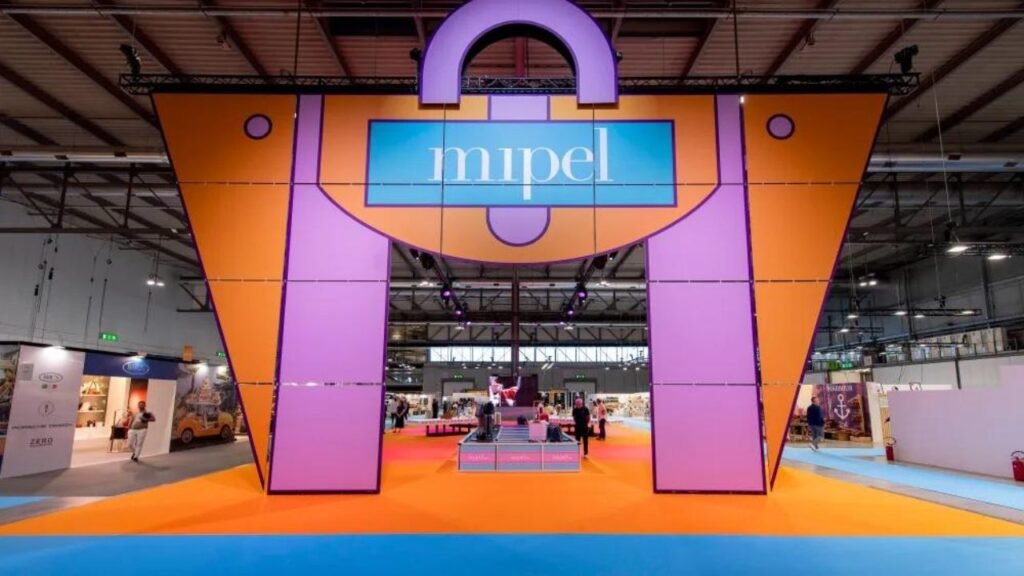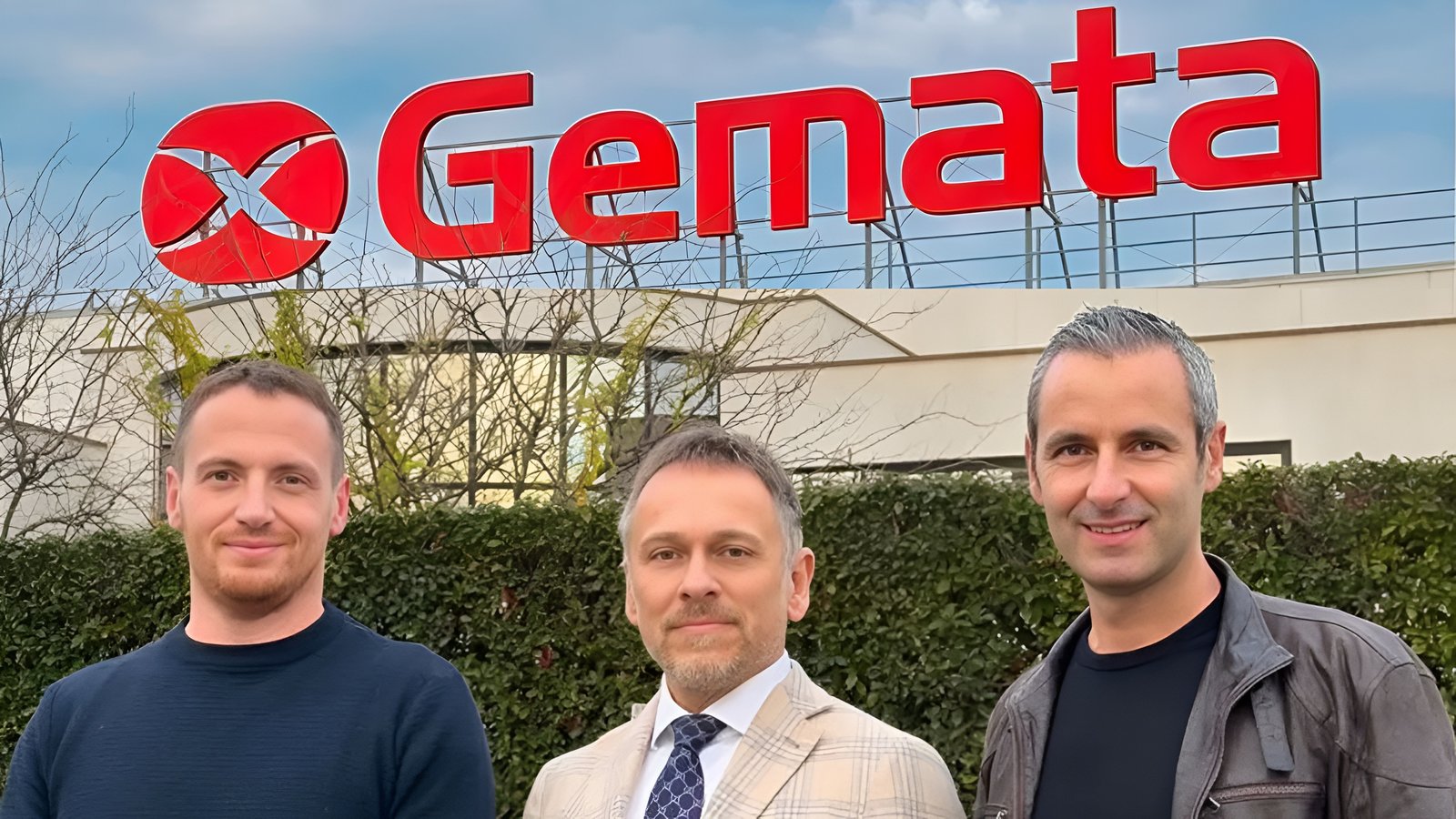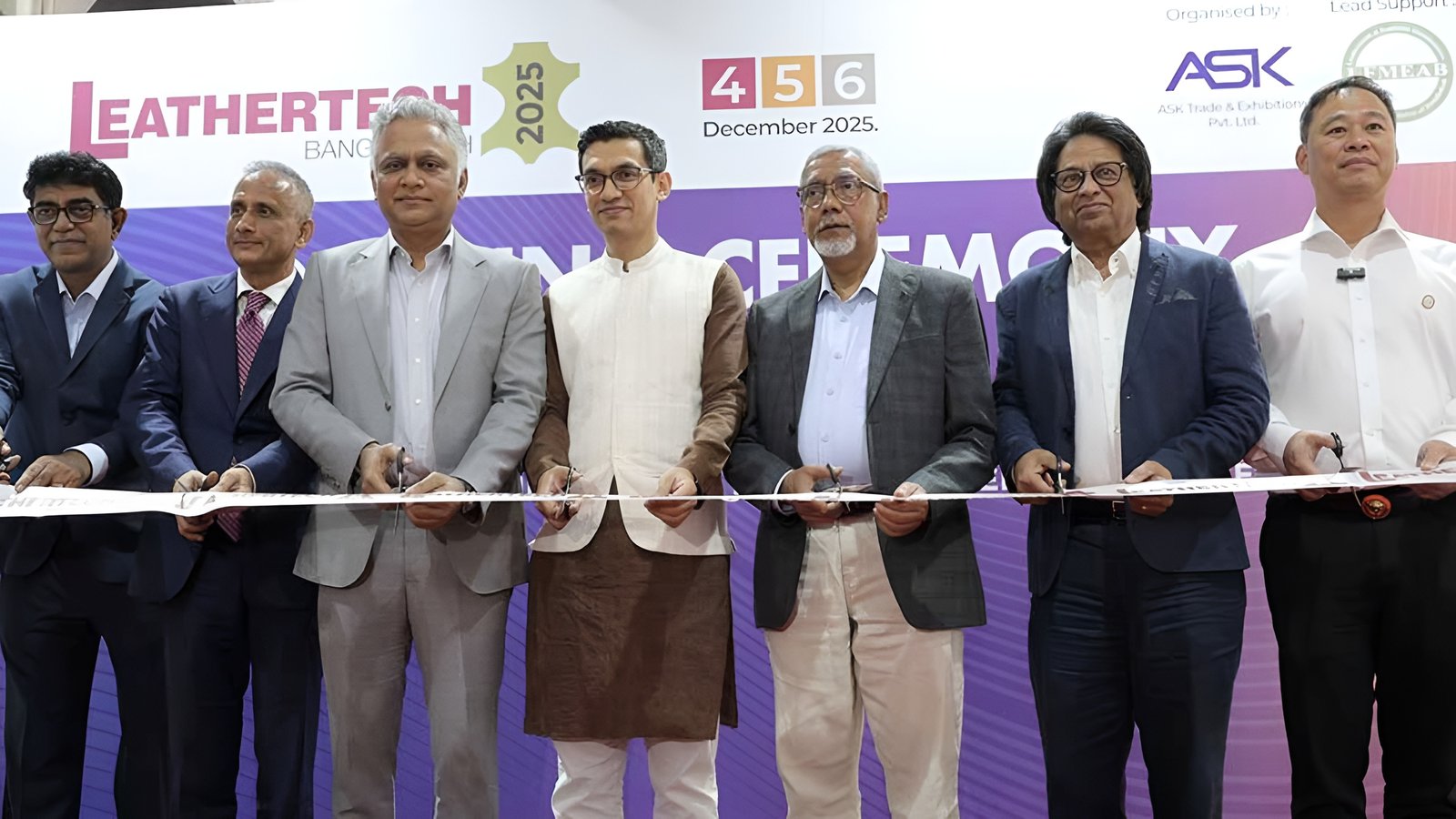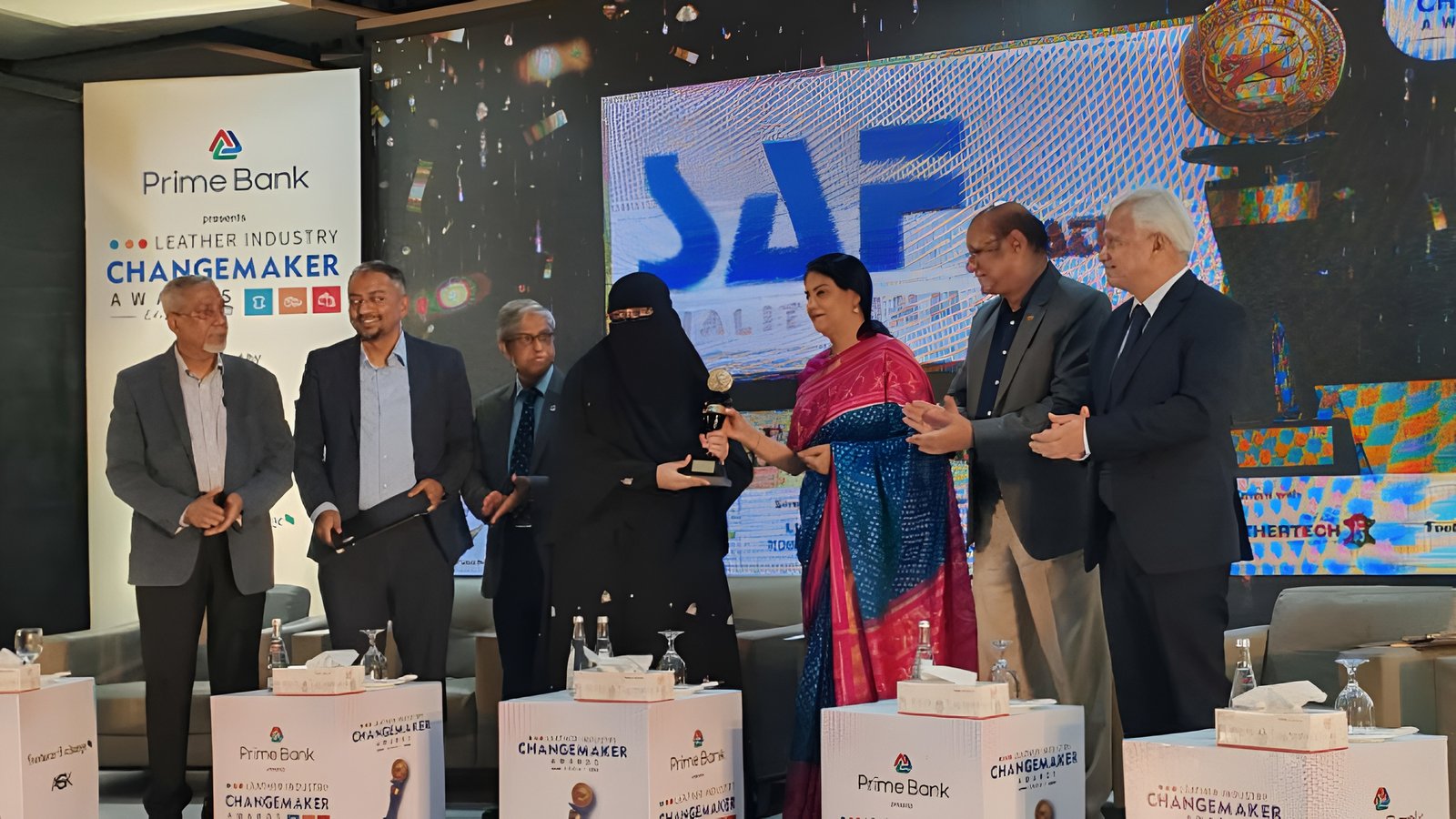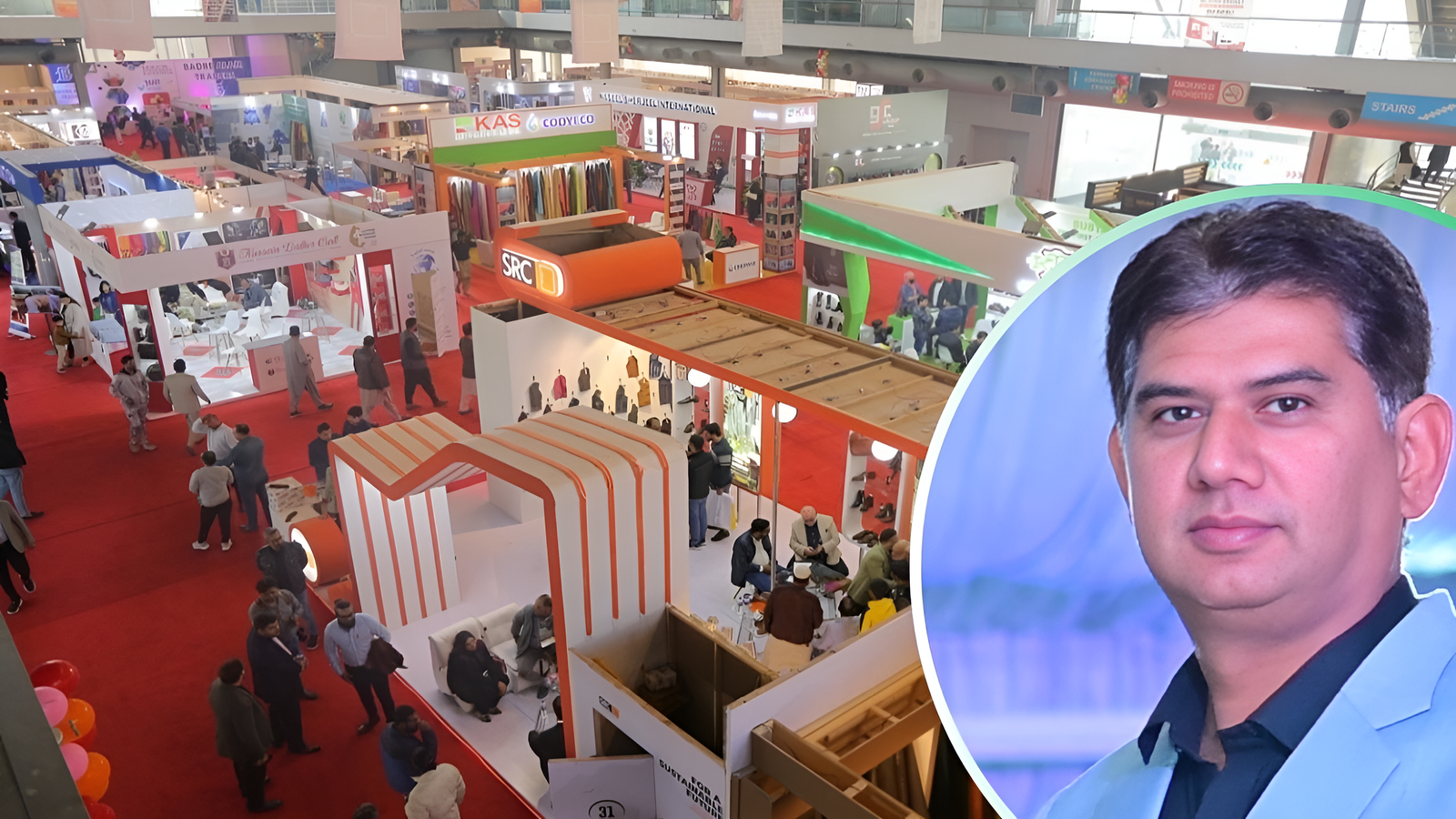The leather goods industry continues to face a storm of economic challenges, but amidst the adversity, hope flickered at the 126th edition of Mipel, a prestigious leather goods trade show held at Rho Fiera Milano from September 15 to 17.
The event brought together more than 200 brands across a sprawling 4,000 square meters of exhibition space, showcasing innovation and creativity as key themes for the season.
Claudia Sequi, president of Assopellettieri, emphasized the vital role creativity plays in sustaining businesses during these turbulent times.
“Even the smallest companies understood that creativity is the only way to survive the stagnation of recent months,”
Claudia Sequi, president of Assopellettieri
Despite the slowdown in the sector, she noted that Mipel remains a crucial commercial hub.
The leather industry is grappling with a prolonged economic downturn, and the anticipated recovery in the latter half of 2024 has failed to materialize.
Sequi pointed to the disappointing data from the leather tanning sector as a reflection of this trend, expressing hope that improvements may not be seen until early 2025.
Data from the Confindustria Accessori Moda Study Center paints a grim picture. Between January and May 2024, exports dropped by 9.4 percent, while domestic retail sales fell by 0.8 percent, compared to already weak pre-pandemic levels.
Domestic retail, in particular, saw a 4.8 percent decline compared to 2019, highlighting ongoing struggles within the industry. Moreover, the sector experienced a 10 percent turnover drop among a sample of associates.
One of the most concerning trends has been the surge in redundancy payments, up by 138.5 percent within the leather supply chain, with 1,832 jobs lost in the first half of the year.
Sequi stressed the need for immediate political intervention to safeguard the industry.
“We need immediate political support, starting with extending redundancy funds and enabling banks to provide easier access to credit,”
Claudia Sequi, president of Assopellettieri
High loan rates have made it challenging for companies to invest in growth, but Sequi remains firm in her belief that Italy’s leather supply chain, renowned globally for its quality, must be protected.
Despite these challenges, Mipel 126 attracted some of the most recognized names in the industry.
In addition to the well-known brands, the event also highlighted emerging talent and innovative products, with two dedicated areas: Travel and Showcase.
In the Travel section, brands like Tajezzo presented unique designs such as shell backpacks, blending functionality and creativity.
Meanwhile, the Showcase area allowed start-ups and new designers to display their latest collections, bringing fresh perspectives to the fair.
The trend this season favored softer leathers and suedes, asymmetric shapes, and a return to larger bags after years of popularity for smaller sizes.
One of the standout features of this year’s Mipel was the live shopping events, organized in collaboration with the digital showroom Mirta.
A group of international livestreamers showcased a selection of bags directly from the exhibition halls, including both in-season items and new collections.
While Mipel continues to thrive in Milan, plans to expand the trade show internationally are currently on hold.
“To be competitive, we must present a complete panorama as we do here in Milan alongside other fairs,” Sequi explained.
Though discussions are ongoing, no final decision has been made on replicating Mipel abroad.
In conclusion, as Mipel 126 came to a close, it left a message of resilience in the face of adversity. While the leather goods industry continues to struggle with economic challenges, creativity and innovation remain key to weathering the storm. With political support and strategic investments, the sector could see a brighter future, perhaps as early as 2025. Until then, Mipel remains a beacon of hope for brands, designers, and the entire leather supply chain.
Original story covered by WWD





